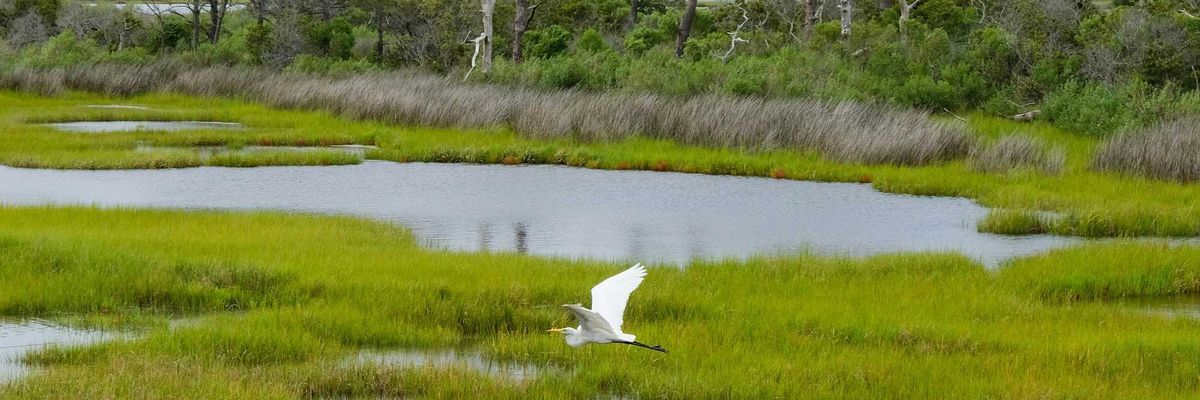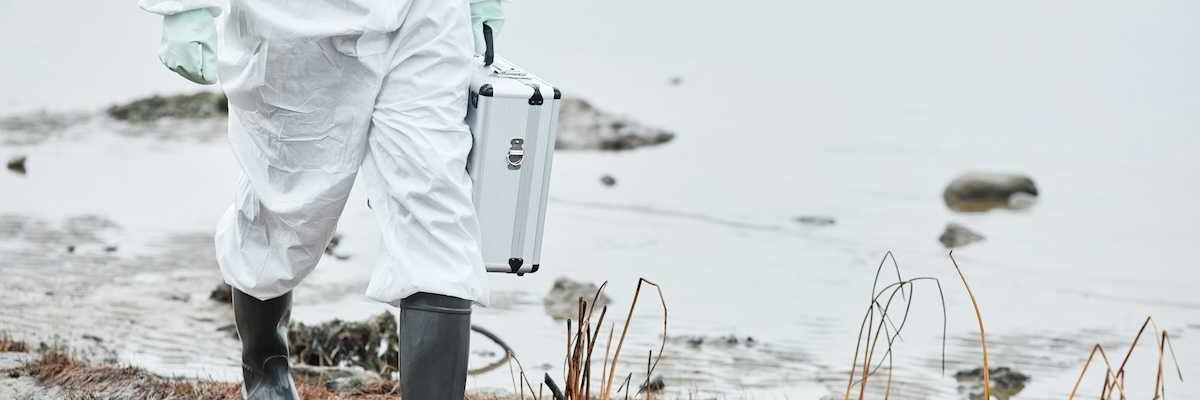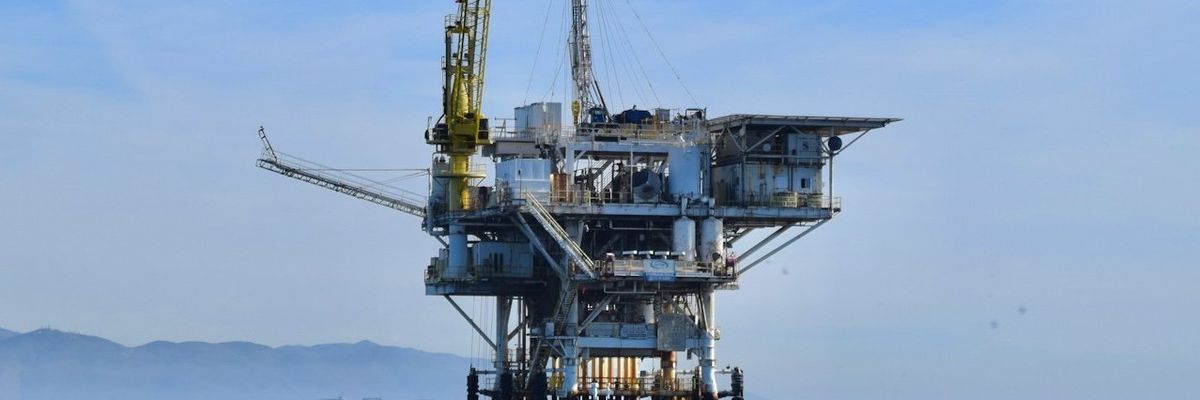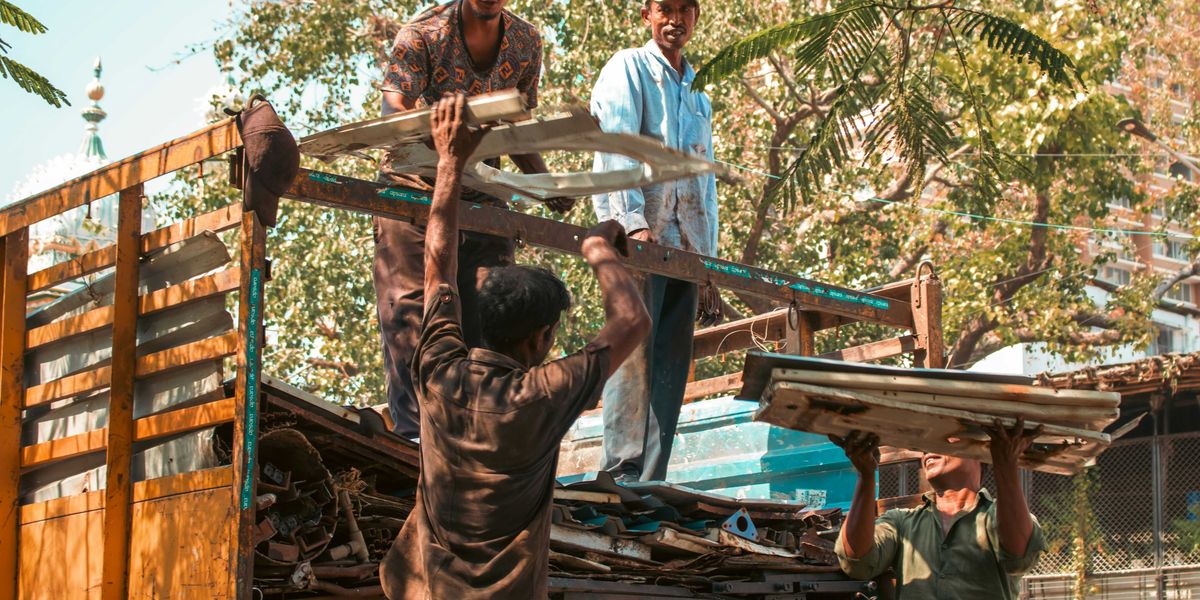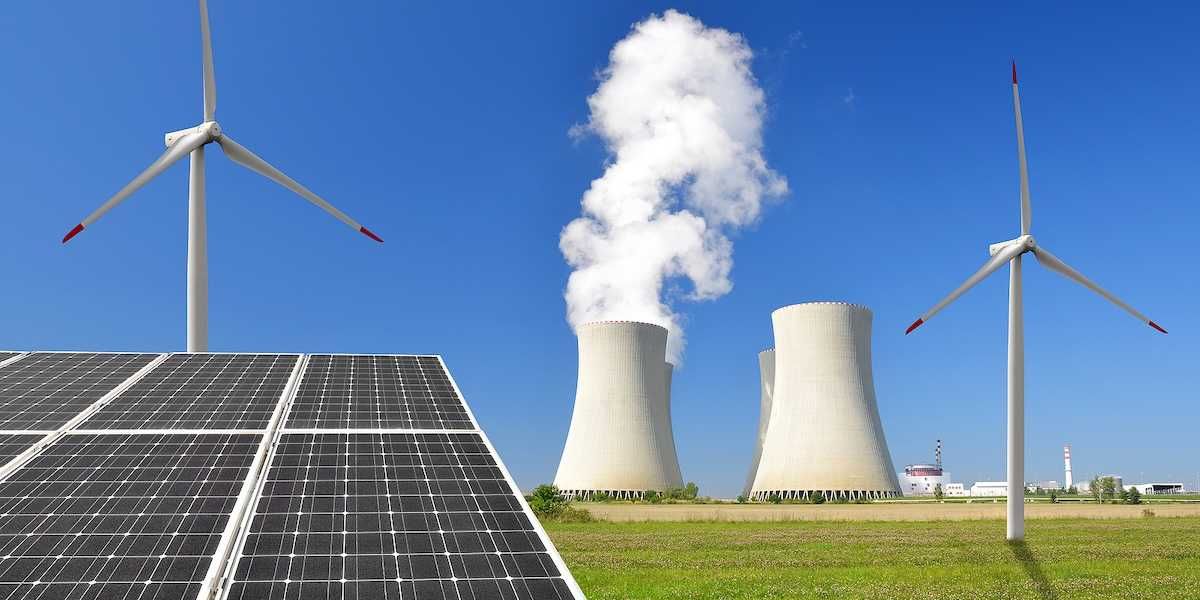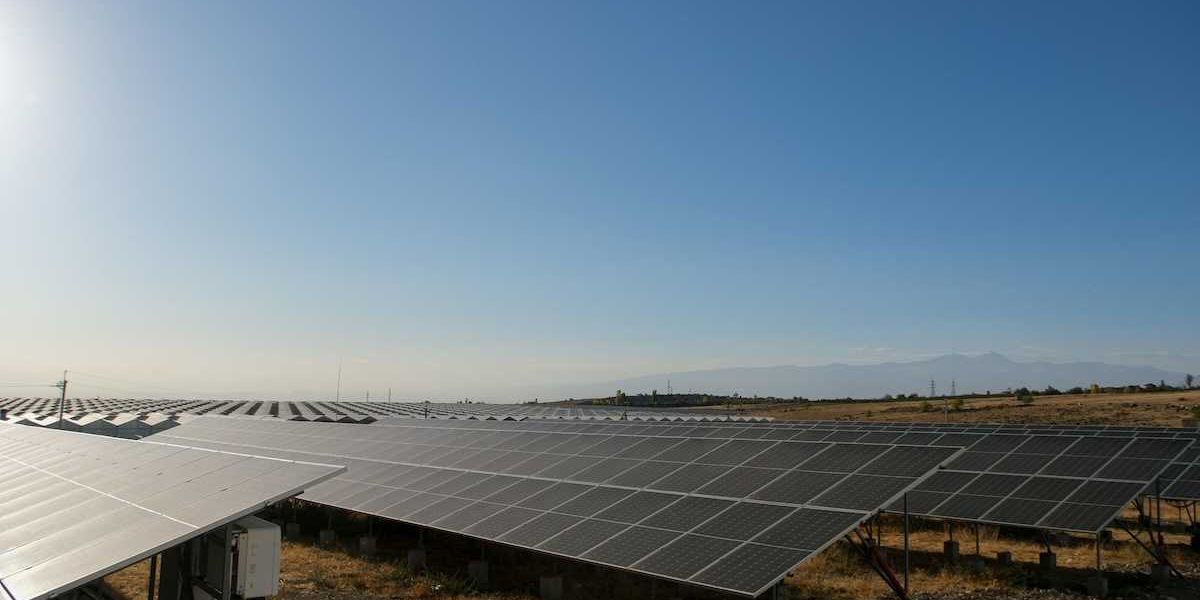tree cover
Urgent tree planting needed in underprivileged urban areas
A new initiative aims to improve air quality and reduce heat in urban communities of color by increasing tree canopy coverage.
In short:
- A volunteer group regularly plants trees in NYC's Soundview Park, benefiting local wildlife and the community.
- Research indicates tree planting in areas like NYC's Hunts Point could significantly reduce heat-related deaths and illnesses.
- Minority neighborhoods in the U.S. have significantly less greenery, contributing to higher temperatures and health risks.
Key quote:
"It'll be significantly hotter in one place than the other because of the investment [in green spaces] that one has gotten and the other has not."
— Victoria Sanders, climate and health programs manager at the NYC Environmental Justice Alliance
Why this matters:
Increasing tree cover in cities is especially important because of the "urban heat island" effect, where buildings, roads and other infrastructure absorb and re-emit the sun’s heat more than natural landscapes such as forests and fields. By increasing shade and lowering surface and air temperatures, trees can help mitigate this effect.
Learn more: Tucson's ambitious tree planting goal aims to improve the health of residents, wildlife, and the watershed.
New Orleans tree survey shows ongoing effects of Hurricane Katrina
Unequal exposure to heatwaves in Los Angeles: Impact of uneven green spaces
Cities really can be both denser and greener
Fires consuming nearly twice as much forest as they did 20 years ago
Wildfires are destroying nearly twice as much tree cover globally as they did in 2001, burning through an additional 7.4 million acres of forest annually, an area roughly the size of Belgium, a new analysis shows.
Dr. Jane Goodall on climate change, planting trees, and nurturing hope
We need to bring nature and shade into our cities for the mental and physical wellbeing of people.
Living on Earth: Beyond the Headlines
Montreal had an anti-vaccine riot.....in 1885.
Peter Dykstra fills in Host Steve Curwood on the link between household income and tree cover. Also, how wildfires in Australia led to a giant algal bloom thousands of miles away in the Pacific Ocean. In the history calendar, they look back to the Montréal Vaccine Riot of 1885, when antivaccine sentiment turned violent in the face of a smallpox epidemic.

